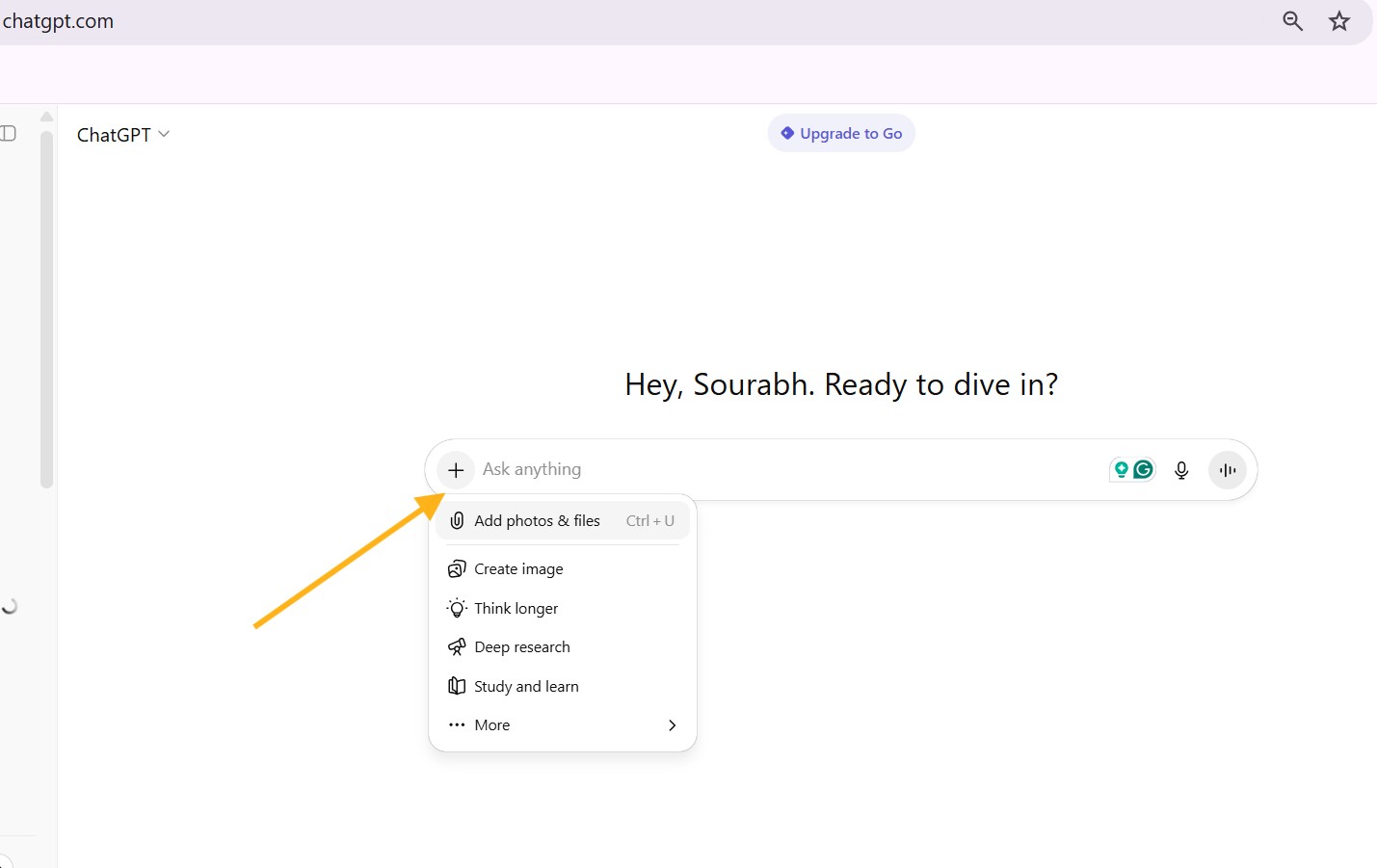
Generative AI, a subset of artificial intelligence, is revolutionizing various industries by enabling machines to create content that was once the sole domain of human intelligence. From generating text and images to composing music and designing products, generative AI is reshaping the creative landscape. This blog delves into what generative AI is, how it works, its applications, and its implications for the future.
What is Generative AI?
Generative AI refers to algorithms that can generate new content, such as text, images, or music, based on the data they have been trained on. Unlike traditional AI, which focuses on recognizing patterns and making decisions, generative AI creates new, previously unseen data. This capability is powered by complex models, particularly neural networks, which mimic the human brain’s functioning to understand and generate content.
Key Technologies Behind Generative AI
- Neural Networks: The backbone of generative AI, neural networks, especially deep neural networks, are designed to recognize patterns and generate new data based on those patterns.
- Generative Adversarial Networks (GANs): Introduced by Ian Goodfellow and his colleagues in 2014, GANs consist of two neural networks – a generator and a discriminator. The generator creates new data, while the discriminator evaluates it. This process continues until the generated data is indistinguishable from real data.
- Variational Autoencoders (VAEs): VAEs are another popular generative model. They work by encoding data into a compressed format and then decoding it to generate new data that is similar to the original input.
- Transformers: Particularly used in natural language processing (NLP), transformers have revolutionized text generation. Models like GPT-4 use transformers to generate coherent and contextually relevant text based on input prompts.
Applications of Generative AI
Generative AI is being utilized across various sectors, showcasing its versatility and transformative potential.
Text Generation
One of the most prominent applications of generative AI is text generation. Models like GPT-4 can write essays, create poetry, generate code, and even draft emails. These models understand context and produce human-like text, making them valuable tools for content creation, customer service, and more.
Image and Video Creation
Generative AI is also making waves in visual media. GANs can generate realistic images of faces, landscapes, and even entire scenes. Applications include creating art, enhancing video game graphics, and generating synthetic data for training other AI models.
Music and Audio Synthesis
In the music industry, generative AI is being used to compose music. AI models can generate melodies, harmonies, and even full compositions in various styles. This technology aids musicians in the creative process and provides new ways to explore musical ideas.
Product Design
Generative AI is revolutionizing product design by enabling the creation of innovative and optimized designs. AI algorithms can generate multiple design variations based on specific parameters, helping designers explore new possibilities and improve product functionality.
Implications and Challenges
While generative AI offers immense potential, it also presents several challenges and ethical considerations.
Ethical Concerns
- Misinformation and Deepfakes: The ability to generate realistic text, images, and videos raises concerns about misinformation and the creation of deepfakes, which can be used to deceive and manipulate public opinion.
- Intellectual Property: Generative AI blurs the lines of intellectual property, as it generates content based on existing data. Determining ownership and rights to AI-generated content is a complex issue that requires legal and ethical frameworks.
Technical Challenges
- Quality Control: Ensuring the quality and accuracy of AI-generated content is a significant challenge. Models may produce biased or inappropriate content based on their training data.
- Computational Resources: Training generative AI models requires substantial computational power and resources, which can be a barrier to entry for smaller organizations.
The Future of Generative AI
The future of generative AI holds immense promise. As technology advances, we can expect even more sophisticated models capable of generating highly realistic and creative content. Innovations in AI ethics and governance will be crucial to address the challenges and ensure responsible use of generative AI.
In conclusion, generative AI is a powerful and transformative technology with wide-ranging applications. By understanding its capabilities and addressing its challenges, we can harness its potential to drive creativity, innovation, and progress in various fields.


